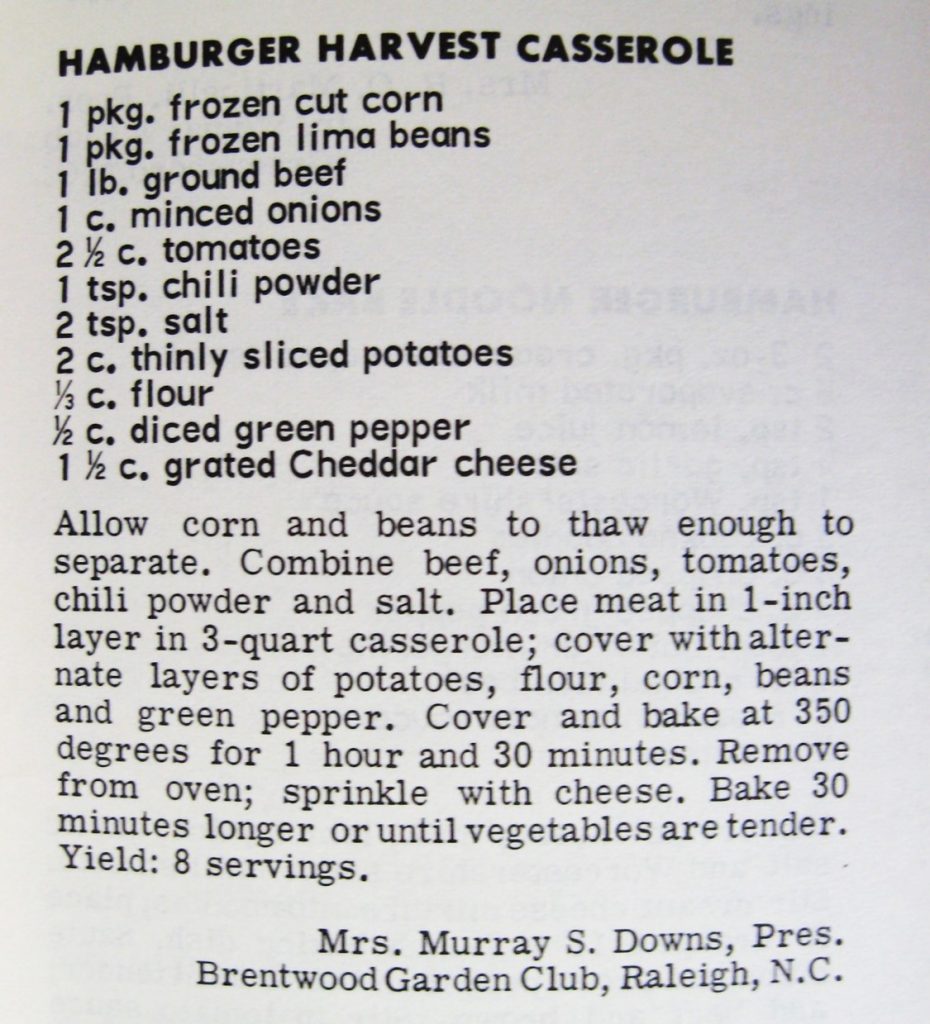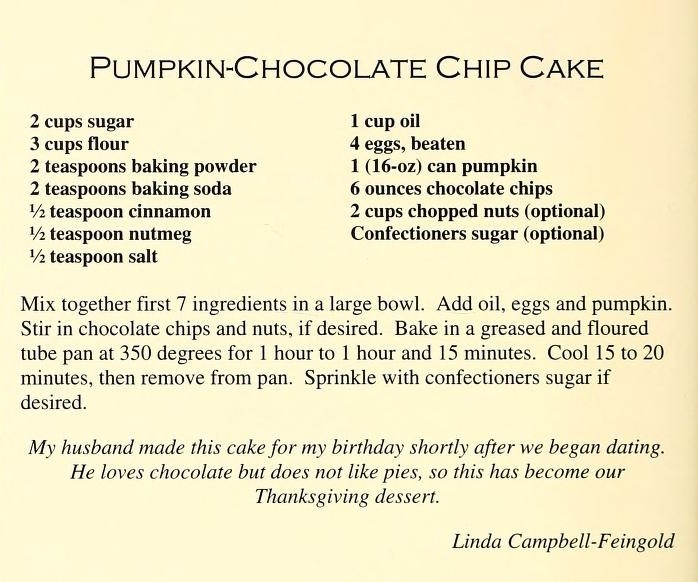“The existence of a successful jazz club in [Thelonious] Monk’s home state in May 1970 was an anomaly. Woodstock (August 1969) marked the era….Jazz clubs were closing in bigger cities across the country while Raleigh, with a population of 120,000, wrestled with integration. But Peter Ingram — a scientist from England recruited to work in the newly formed Research Triangle Park — opened the Frog and Nightgown, a jazz club, in 1968 and his wife Robin managed it. Don Dixon, a house bassist at the club who later gained fame as co-producer of REM’s first album, Murmur, says ‘It took a native Brit like Peter to not know that a jazz club wouldn’t work in 1968.’
“The Frog, as it was known, thrived in a small, red-brick shopping center nestled in a residential neighborhood lined with 19th century oak trees. Surrounded by a barber shop, a laundry mat, a convenience store and a service station, the Frog often attracted large crowds; lines frequently wrapped around the corner. Patrons brown-bagged their alcohol (the Frog sold food, ice and mixers), bought cigarettes from machines, and some smoked joints in the parking lot….Due to its mixed clientele, the club came under threat of the Ku Klux Klan, but Ingram never blinked, and the Frog held on, exceeding all odds….”
— From “Thelonious Monk: Is This Home?” by Sam Stephenson in the Oxford American (Fall 2007)
Biographer Robin D. G. Kelley provides a well-detailed account of Monk’s 10-day gig at the Frog and Nightgown — his last visit to North Carolina before his death 12 years later.








